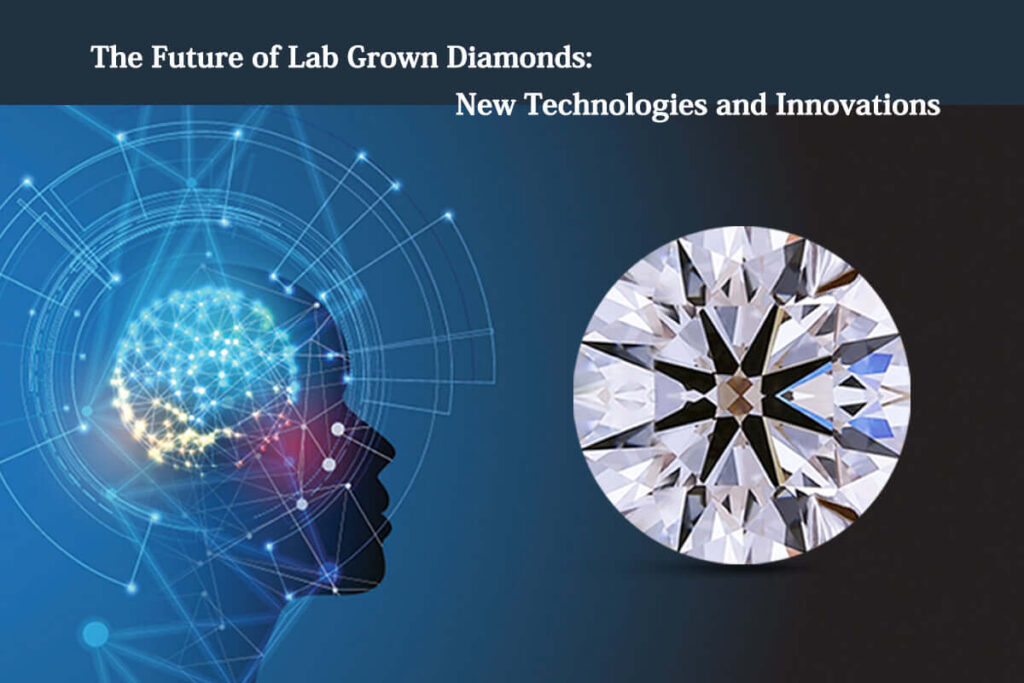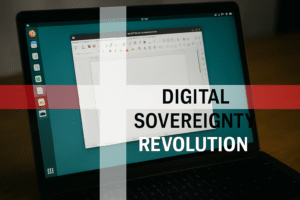Diamonds are marketed as rare, valuable, and an eternal symbol of love. But what if everything you believed about them was a lie? The diamond industry, worth over $87 billion, has been built on a foundation of manipulation, artificial scarcity, and human rights abuses. This article reveals the dark secrets of the diamond trade, exposing how the industry thrives on deception, war, and exploitation.
Table of Contents
ToggleWhy Diamonds Are NOT Rare
One of the biggest myths about diamonds is their rarity. The truth? Diamonds are one of the most common gemstones on Earth. The illusion of their scarcity was created by De Beers, the company that controlled over 90% of the global diamond trade for most of the 20th century.
How did they do it?
Artificial Scarcity: De Beers hoarded diamonds and released only limited quantities to control supply and keep prices high.
Emotional Marketing: The famous slogan “A Diamond is Forever” (1947) convinced people that buying a diamond was essential for love and commitment.
Hollywood & Celebrities: The company paid stars to wear diamonds, making them a status symbol.
The result? Consumers were brainwashed into believing that a diamond ring was a necessity, when in reality, it was a masterful marketing trick.
Blood Diamonds: The Price Paid in Human Lives
While the industry was busy creating false value, the true cost of diamonds was being paid in blood. Conflict diamonds, also known as blood diamonds, have fueled civil wars in countries like Sierra Leone, Angola, and the Democratic Republic of Congo. Rebel groups used diamond sales to fund wars, leading to mass killings, child slavery, and brutal exploitation.
Even today, many diamonds come from mines with inhumane working conditions, where miners are underpaid or even enslaved. The Kimberley Process, which was designed to eliminate blood diamonds, has gaping loopholes, allowing tainted gems to still reach the market.
Are Lab-Grown Diamonds the Future?

As consumers become more aware of the dark side of natural diamonds, lab-grown diamonds are emerging as a game-changer. These diamonds are physically and chemically identical to mined diamonds but come at a fraction of the cost and without ethical concerns.
Why lab-grown diamonds are gaining popularity:
80% cheaper than mined diamonds
100% conflict-free and environmentally sustainable
Better quality and more innovative designs
Big brands like Pandora have already shifted their focus entirely to lab-grown diamonds, shaking up the industry. Could this be the beginning of the end for natural diamonds?
The Real Cost: Financial & Environmental Damage
The Financial Scam: Diamonds Have No Resale Value
Unlike gold or other precious metals, diamonds have almost no resale value. If you try to sell a diamond ring, you’ll likely get only 20-40% of what you paid. It’s an investment trap, designed to benefit the industry, not the consumer.
The Environmental Cost: Destroying the Planet
Diamond mining causes deforestation, soil erosion, and water pollution. In some cases, entire ecosystems have been wiped out for the sake of mining. Lab-grown diamonds, on the other hand, have a smaller carbon footprint and require less energy.
Should You Still Buy Diamonds?
If you’re planning to buy a diamond, think twice. There are better alternatives that are more ethical, affordable, and sustainable:
Lab-grown diamonds for an eco-friendly, conflict-free choice.
Other gemstones like sapphires, moissanite, or emeralds for unique and valuable jewelry.
Vintage or second-hand diamonds to avoid contributing to new mining.
Don’t Fall for the Hype
Diamonds are a marketing illusion, designed to drain your wallet while causing immense harm to people and the planet. The next time you see a sparkling diamond, ask yourself: Is it worth the price?

Jugaad on Two Wheels: The Hilarious Bike Parcel Hack in Karnataka
The Great Karnataka Bike Parcel Hack: A Jugaad Masterclass #RapidoParcel: In a creative yet controversial move, ride-hailing platform Rapido has found a way around Karnataka’s

Denmark’s Digital Sovereignty Revolution: Linux and LibreOffice Lead the Way
Introduction to Denmark’s Bold Move In June 2025, Denmark’s Ministry of Digital Affairs made headlines by embracing digital sovereignty, ditching Microsoft Windows and Office 365

🏏Sports as a Business Strategy: Insights from Vijay Mallya’s RCB Ownership
🧠 Sports as a Business Strategy (Tool) In modern business, few platforms offer better engagement and emotional connection than sports. From football clubs in Europe

🙏 Apologies in Leadership: Vijay Mallya Public Apology
🧠 Introduction: The Role of Apologies in Leadership In the corporate world, apologies aren’t signs of weakness—they’re strategic acts of leadership. When made with sincerity

Audiobook Production Costs: Navigating Recording Artists, Studio Expenses, and AI’s Impact
The audiobook industry is booming, with over 130 million listeners in the U.S. alone in 2021 and a growing global appetite for audio content. Producing

Media Trial of Vijay Mallya: How Public Perception Shaped Vijay Mallya’s Legacy
Introduction: Media’s Influence on Business Narratives In today’s hyper-connected world, media narratives can make or break a business reputation. For Vijay Mallya, once known as

